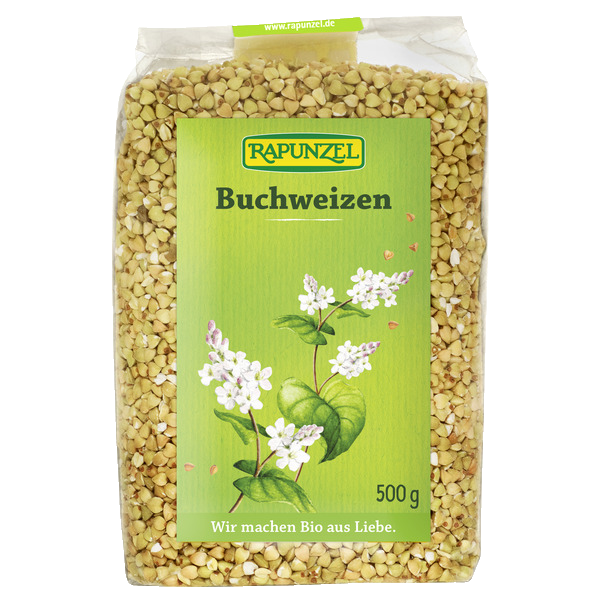Buckwheat has a pleasant nutty taste and is a pseudo-grain. Pseudo-grain because despite its name, buckwheat is not a cereal, it is related to knotweed. Buckwheat is an ideal alternative to the usual cereals. Besides, the abundant flowers of buckwheat provide nectar and pollen for bees. It can be used in the kitchen in many different ways.
Ingredients
buckwheat*
* = ingredients from organic farming
** = from biodynamic agriculture
buckwheat*
* = ingredients from organic farming
** = from biodynamic agriculture
Characteristics
cultivated in Europe, packed by Rapunzel
Usage
Ideal as side dish, for risotto, gratins or breakfast porridges. When presoaked it can be used in bread preparation (up to a proportion of 30% of the cereal). It can also be used ground as flour for baking and yummy crêpes.
Preparation Instructions
Wash buckwheat before cooking. Bring 250 g buckwheat in about 625 ml water to a boil. Simmer for 15 minutes and let soak for another 5 minutes.
cultivated in Europe, packed by Rapunzel
Usage
Ideal as side dish, for risotto, gratins or breakfast porridges. When presoaked it can be used in bread preparation (up to a proportion of 30% of the cereal). It can also be used ground as flour for baking and yummy crêpes.
Preparation Instructions
Wash buckwheat before cooking. Bring 250 g buckwheat in about 625 ml water to a boil. Simmer for 15 minutes and let soak for another 5 minutes.
Additional information
Preparation
After harvesting, the buckwheat is cleaned, peeled, sifted and packed.
Produced in
Poland
Country of origin
polish agriculture
Origin of the main ingredients
Poland
Quality
EU Bio-Logo
Storage advice
Store in a cool and dry place.
Legal name of the food product
Buckwheat
| Calorific value | 1493 kJ / 353 kcal | |
| Fat | 3,20 g | |
| of which saturates | 0,90 g | |
| Carbohydrates | 65,10 g | |
| Sugar | 0,88 g | |
| Dietary fiber | 4,7 g | |
| Protein | 13,70 g | |
| Salt | < 0,010 g |
Allergens
| Eggs and products thereof | not contained | |
| Peanuts and products thereof | not contained | |
| Fish and products thereof | not contained | |
| Cereals containing gluten or cereal products | Possible in traces | |
| Crustaceans and products thereof | not contained | |
| Milk and products thereof including lactose | not contained | |
| Lupins and products thereof | not contained | |
| Nuts and products thereof | not contained | |
| Celery and products thereof | not contained | |
| Mustard and products thereof | not contained | |
| Sesame seeds and products thereof | not contained | |
| Soy and products thereof | not contained | |
| Sulfur dioxide or sulfites (more than 10mg/kg or 10 mg/l SO2) |
no | |
| Molluscs and products thereof | not contained |
Mit großer Sorgfalt pflegen wir unsere Online-Produktdatenbank. Dennoch können wir vereinzelte Fehler nicht ausschließen. Daher bitten wir Sie, diese Angaben immer mit dem Etikett des jeweiligen Produktes zu vergleichen. Sollten Ihnen Unstimmigkeiten auffallen, sind wir dankbar für einen Hinweis an kundenservice@rapunzel.de.
FAQ about Buckwheat
In the case of organic cereal products, despite intensive labour input during cultivation and intensive cleaning measures, the presence of foreign seeds cannot be completely ruled out, nor can products with optical deviations.
The colour of a grain or seed in cereals, legumes and oilseeds varies from harvest to harvest due to many factors such as soil conditions, climate and weather. Since we work with many small farmers from different growing areas, the products are exposed to different influences that lead to natural colour variations. Extreme weather conditions can cause such severe optical changes that it is no longer possible to sort out grains and seeds at a reasonable economic cost. However, as we value long-term economic cooperation with the small farmers, we also buy the harvest in difficult years and try to use it in the best possible way.
No herbicides are used in the organic sector. Thus, in some cases, even weed seeds of the same weight or size are very difficult to remove from the product.
Of course, these products are subject to particularly intensive controls by us and are only traded if it is a purely visual problem, without any effects in terms of taste and nutritional quality.
We are trying to further improve our possibilities for mechanical cleaning, but this is sometimes very difficult due to physical limits (e.g., 0.5 mm amaranth).
mehr erfahren
mehr erfahren
mehr erfahren
mehr erfahren
Gluten, also known as gluten protein, is a group of certain proteins found in cereal grains such as wheat, rye, barley, and oats.
The gluten content is of decisive importance for the baking properties of a flour. Gluten protein binds up to three times its weight in water when it becomes moist. In the process, it develops rubber-like, elastic properties. Like a skeleton, the gluten threads run through the bread dough and ensure that a fine-pored, loose dough forms. The quantitatively and qualitatively highest gluten is provided by wheat, to which it also owes its excellent baking properties.
Some people are allergic to this protein due to a metabolic disorder. With sprue or coeliac disease, the medical names for this intolerance, a lifelong gluten intolerance remains. Coeliac disease and sprue are chronic diseases of the small intestine that manifest in childhood or do not appear until adulthood. Since the organism has an intolerance to the gluten protein, those affected must eat a gluten-free diet.
The following grains are gluten-free in their unprocessed state: Rice, maize, millet, buckwheat, amaranth and quinoa.
mehr erfahren
mehr erfahren
Recipes with Buckwheat


Rainbow chocolate bars of puffed rice, topped with hemp, chia and buckwheat

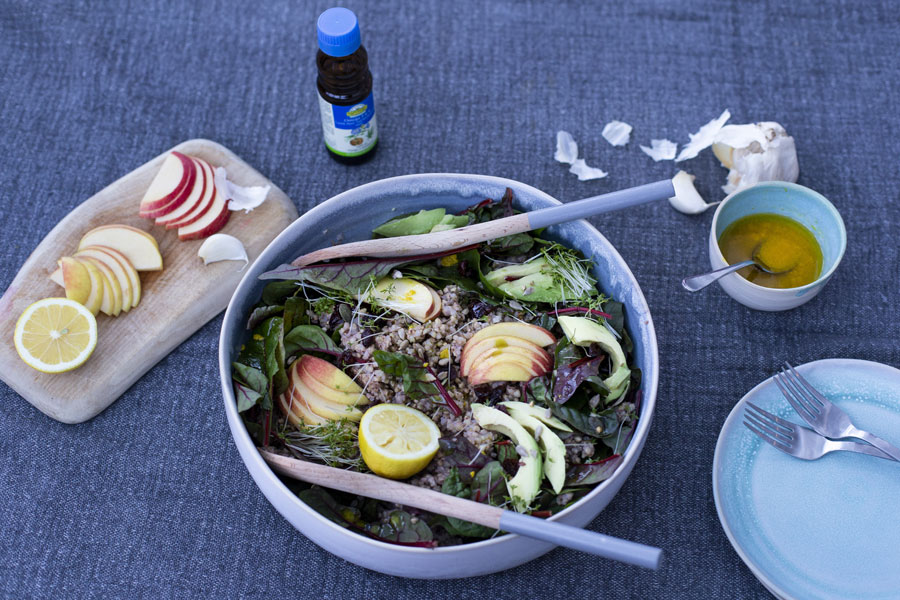
Warm buckwheat salad with mini-chard and cranberries
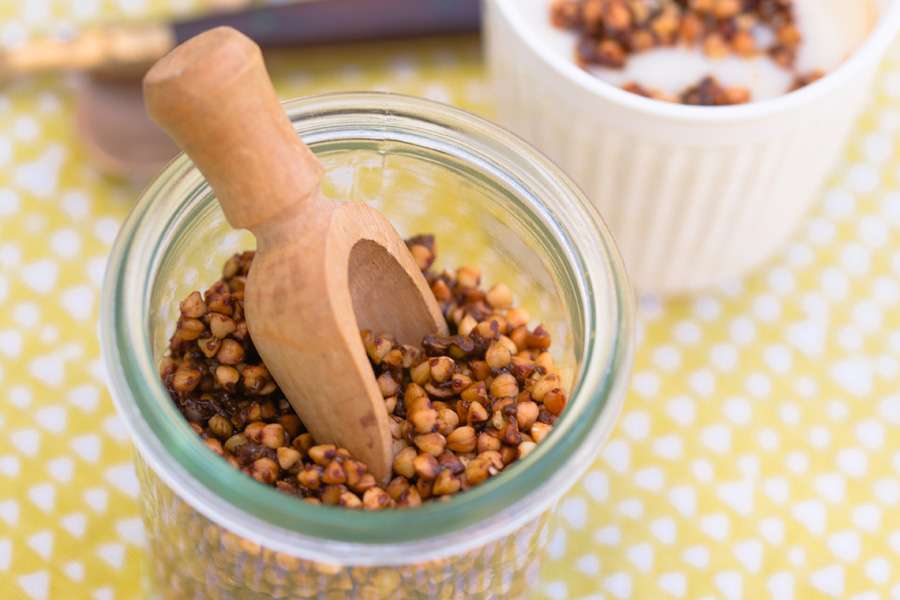
Caramelized Buckwheat with Vanilla

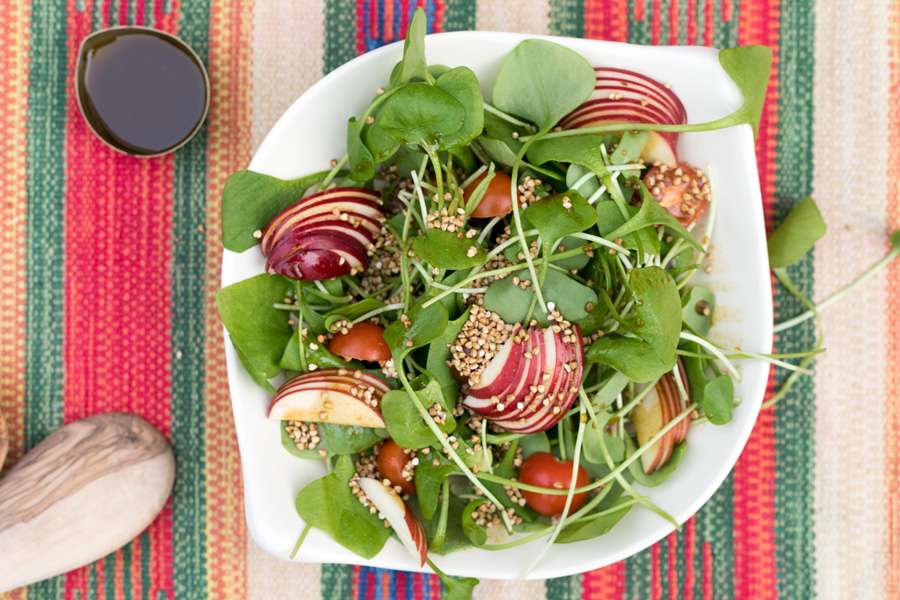
Roasted buckwheat salad with apple and tomato
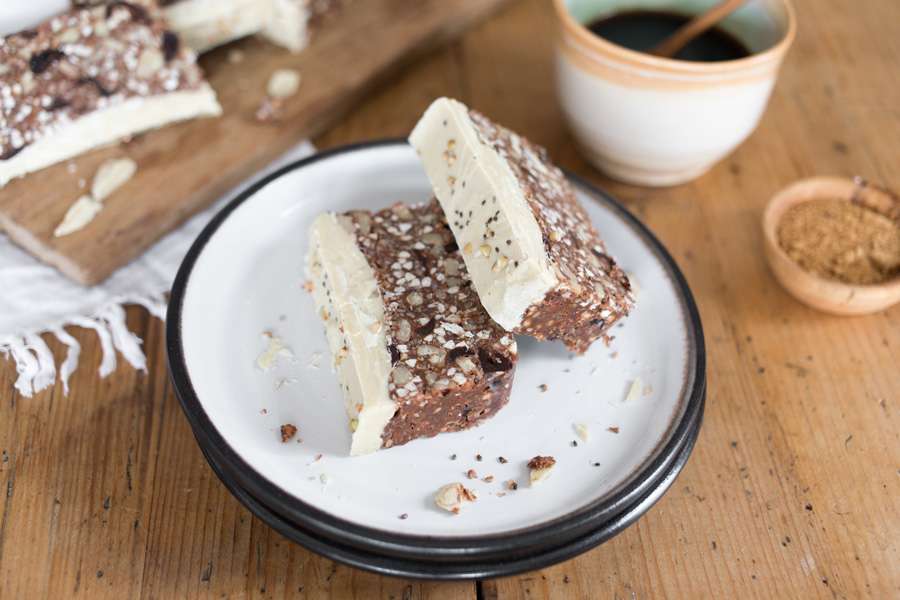
Bars of buckwheat with white chocolate, walnuts, coconut and chia seeds

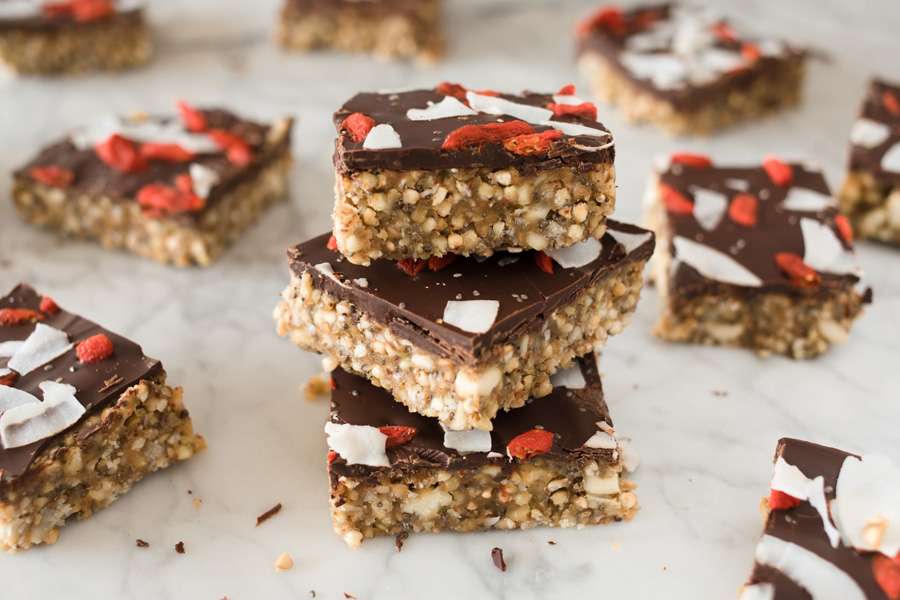
Buckwheat bars with peanut butter

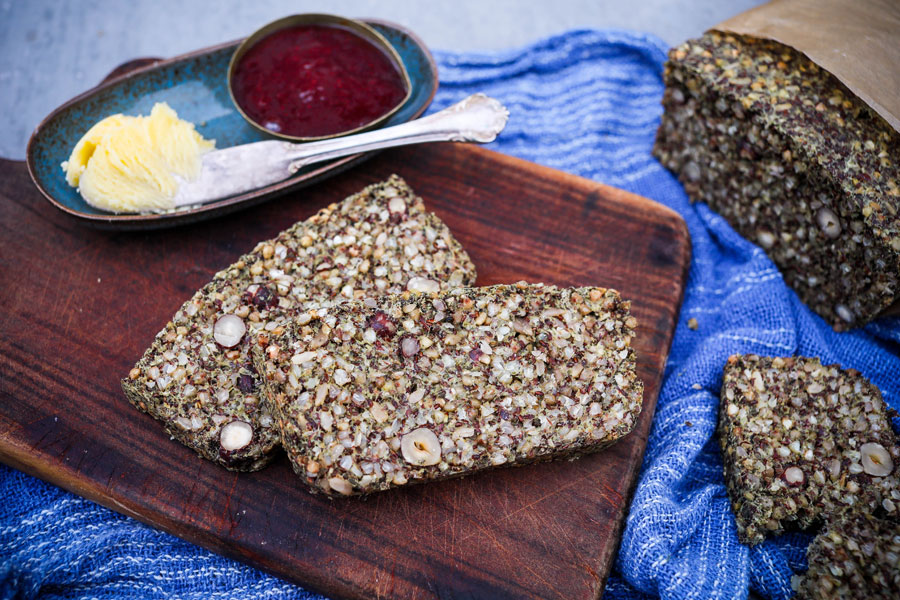
Seed Bread with Pumpkin Seed Flour and Buckwheat

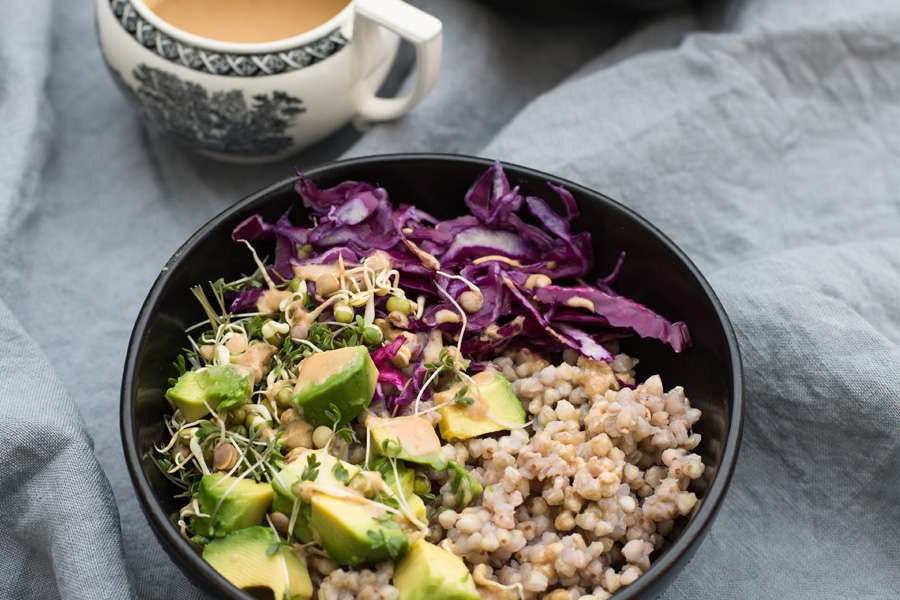
Buckwheat buddha bowl with avocado, red kale and tahini dressing

